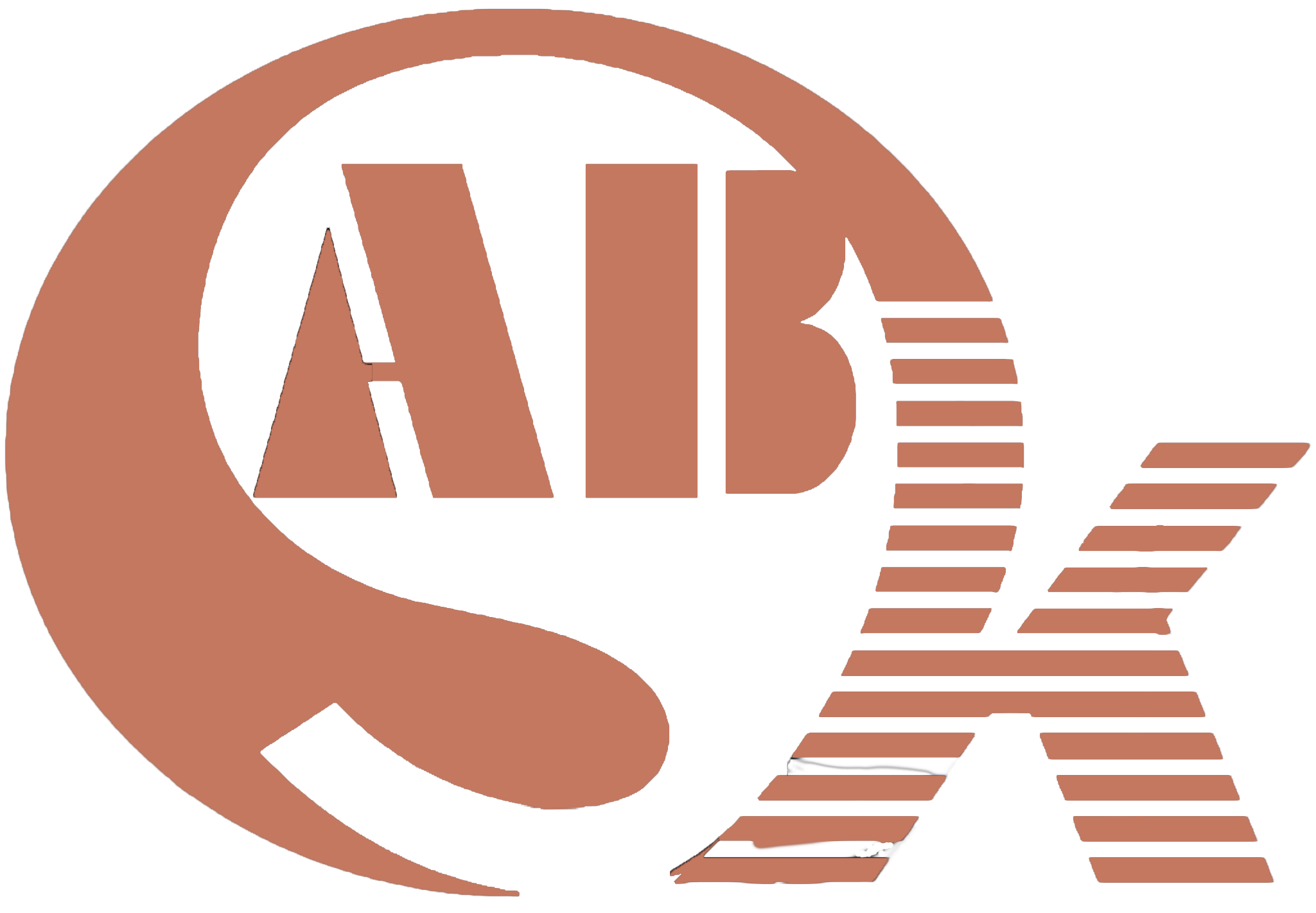Elevating Welding Precision and Efficiency with Welding Rotators: A Professional Guide
In the world of modern welding, precision, efficiency, and productivity are paramount. Welding rotators have emerged as indispensable tools that contribute significantly to achieving these goals. This comprehensive guide explores the transformative power of welding rotators, shedding light on their professional applications and how they meet customer requirements for enhanced welding performance.
The Essence of Welding Rotators
Welding rotators, often referred to as turning rolls or tank rotators, are ingenious devices designed to rotate cylindrical workpieces during the welding process. These rotating mechanisms offer a range of benefits, including consistent and even weld bead deposition, minimized human intervention, and increased productivity. Welding rotators are utilized across diverse industries, from heavy manufacturing to shipbuilding, to optimize welding operations.
Precision and Consistency in Welding
Achieving uniform welds on long cylindrical components can be challenging due to the inherent limitations of manual welding. Welding rotators address this challenge by ensuring a controlled and continuous rotation of the workpiece. This controlled rotation eliminates the need for the welder to reposition themselves continuously, resulting in consistent welds with an even distribution of heat. The automated rotation provided by welding rotators contributes to superior joint penetration and minimizes the risk of defects, enhancing overall weld quality.
Boosting Welding Efficiency
Time is of the essence in any welding project. Welding rotators significantly improve efficiency by enabling continuous welding without interruptions for repositioning. The rotating motion ensures that the welder can access all sides of the workpiece without hindrance, reducing downtime and enhancing productivity. Additionally, welding rotators enable multitasking, allowing the welder to focus on welding intricacies while the rotation takes care of the positional adjustments.
Versatility and Adaptability
Professional welders recognize the diverse needs of their projects. Welding rotators come in various configurations, accommodating different workpiece sizes and weights. Whether it’s small pipes or massive pressure vessels, welding rotators can be tailored to suit specific requirements. This adaptability ensures that welding rotators are valuable assets across industries, from the fabrication of pressure vessels and tanks to the assembly of structural components.
Precision Control and Automation
Welding rotators are designed with precision control systems that allow welders to dictate the rotation speed, direction, and even the angle of inclination. This level of control empowers welders to fine-tune the welding process, optimizing it for the specific characteristics of the workpiece. Advanced models even feature automated programming, where the rotation parameters can be pre-set, further reducing the need for constant supervision. This automation not only enhances precision but also reduces the likelihood of human errors.
Ensuring Safety and Compliance
Safety is a core concern in any welding operation, and welding rotators address this aspect with diligence. The controlled rotation minimizes the need for welders to engage in strenuous manual labor, reducing the risk of fatigue-related accidents. Additionally, welding rotators are engineered to maintain stability and balance, ensuring that the workpiece remains securely in place during rotation. This commitment to safety aligns with industry standards and customer requirements for a secure work environment.
Conclusion
Welding rotators have revolutionized the welding landscape, epitomizing the amalgamation of technology, precision, and professionalism. Their ability to enhance welding efficiency, consistency, and safety makes them indispensable tools for any welding project. As the demands for high-quality welds and increased productivity continue to grow, welding rotators stand as a testament to the welding industry’s commitment to innovation. By leveraging the capabilities of welding rotators, professional welders can navigate complex welding challenges, meet customer requirements, and usher in a new era of welding excellence.
